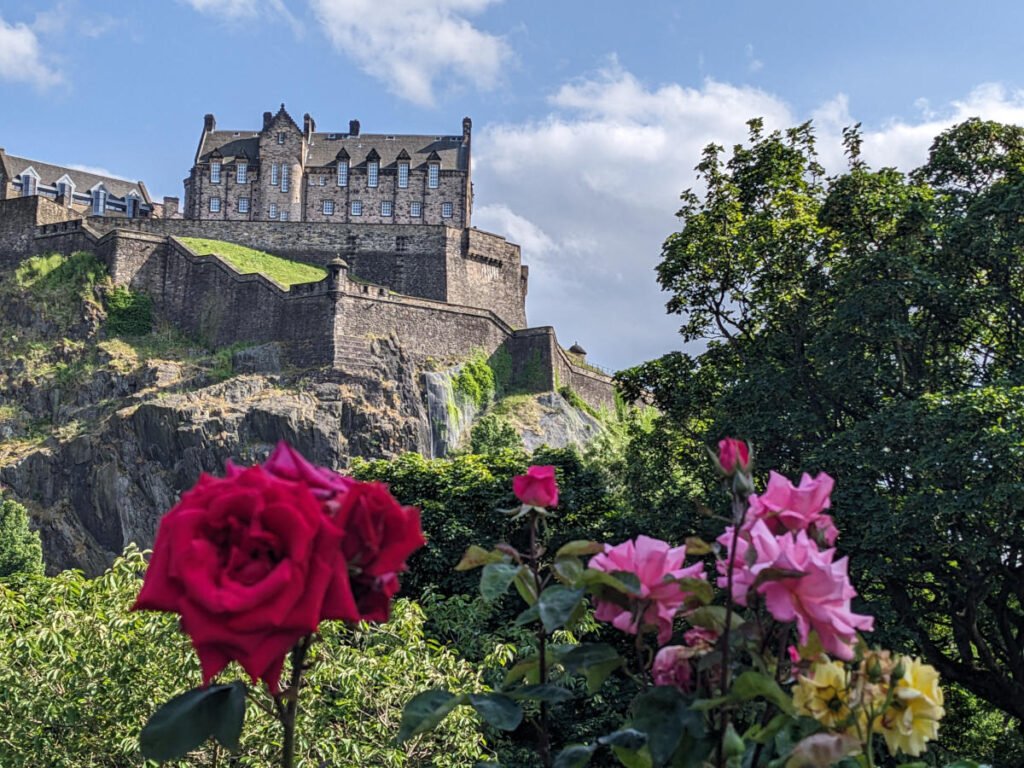14th July 1927
The Scottish National War Memorial is opened
Scotland’s National War Memorial sits at the highest point within Edinburgh Castle. It was proposed, towards the middle of the First World War, by John George, the 8th Duke of Atholl, and quickly gained support.
The Dundee Courier reported on 11 October 1917 that the scheme “has been seriously taken up by leaders of opinion in Scotland. We understand that the various Government Departments concerned have been approached, and that the Secretary for Scotland will shortly make a public announcement on the matter.”

“Highly commendable” scheme
Aberdeen Press and Journal, on 13 December 1917, called the proposals “a highly commendable scheme, and one worthy of the support of the whole country”. It explained that “the scheme, which is at present under unofficial consideration, is understood to aim at the conversion of Edinburgh Castle from a military establishment to a National Museum, with the addition of a new memorial chapel, also to be situated on the Rock.”
Plans were already well advanced at the time for a war museum in London, which would later become the Imperial War Museum, and it was felt that a similar institution was required in Scotland specifically to remember Scottish troops.
Architect appointed
A committee was formed in late 1918 to steer the design and construction of the memorial and the architect Robert Lorimer was appointed the following year. However, construction didn’t commence right away, and on 28 August 1925 – eight years after the memorial had first been proposed, The Scotsman was still reporting on its progress, which was “slowly but steadily taking shape…” but had been “much retarded owing to the lack of skilled labour in the country.” By that point, construction had been ongoing for a year and a half.
Scottish War Memorial opened
Finally, the memorial was opened on 14 July 1927 by the Prince of Wales. The front page of that day’s Dundee Evening Telegraph covered the event in detail. “The deep stillness while the Prince laid his wreath on the Memorial could almost be felt,” the paper said. “The sun shone gloriously, its splendour increasing every moment upon the scene, but there was not a movement in the crowd which had gathered round the square, at every window of the Castle, and high on the lofty battlements.”
Having laid his wreath, the prince entered the shrine and placed rolls of honour into a steel casket, which had been a gift from the king and queen, before being given a tour by the architect, Robert Lorimer.
